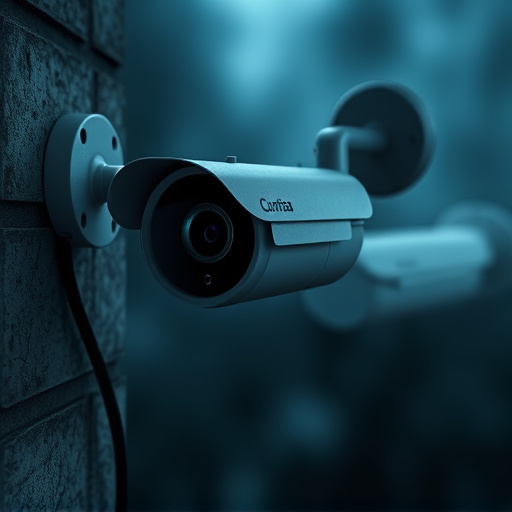Hidden security cameras, installed discreetly for surveillance, offer real-time monitoring through advanced technology like tiny lenses and infrared capabilities. They provide remote access via smartphones or computers, enhancing safety without disrupting activities. These cameras have transformed, offering various disguises from pinhole cameras to everyday object mimics. However, their deployment raises privacy concerns, leading to stringent regulations and the need for explicit consent. Staying vigilant, performing regular inspections, and using technology like signal detection apps can help protect against hidden security cameras, balancing security with privacy.
Hidden security cameras, often referred to as surveillance cameras, have become an increasingly prevalent tool for personal and professional security. This comprehensive guide explores the multifaceted world of these discreet devices. We’ll delve into their various types, creative disguises, legal implications, and privacy concerns. Additionally, we provide practical tips to help you detect and prevent hidden cameras, empowering you with the knowledge to stay aware in today’s digital age.
Understanding Hidden Security Cameras: A Comprehensive Overview
Hidden security cameras, also known as surveillance cameras that are discreetly installed and designed to go unnoticed, have become increasingly popular for both home and business security. These innovative devices offer a layer of protection by capturing high-resolution footage, allowing users to monitor their surroundings in real time or review recorded events.
Understanding how they work is essential when considering their deployment. Hidden cameras often utilize advanced technology, such as tiny lenses and infrared capabilities, enabling them to capture video without alerting individuals in the area. They can be remotely accessed via smartphones or computers, providing convenient monitoring options. With their compact size and versatile placements, hidden security cameras offer a comprehensive overview of various spaces, ensuring peace of mind and enhanced safety measures.
Types and Disguises: Creative Places to Hide a Camera
Hidden security cameras have evolved far beyond their basic, unassuming forms. Today, there’s a wide array of types and disguises available to suit various needs and preferences. From small, virtually invisible pinhole cameras to sophisticated devices disguised as everyday objects like smoke detectors or power outlets, the possibilities are endless.
Creative minds behind these innovations have designed them to blend seamlessly into their surroundings, making it difficult for potential intruders to detect them. For instance, a camera disguised as a book or a decorative figurine can easily go unnoticed while capturing footage discreetly. Even everyday items like light bulbs, fire alarms, and even paintings can be integrated with hidden cameras, offering peace of mind and enhanced security without compromising aesthetics.
Legal Considerations and Privacy Concerns
The use of hidden security cameras raises significant legal and privacy concerns. In many jurisdictions, installation and use of such devices are strictly regulated to protect individuals’ privacy rights. Unauthorized placement of hidden cameras in public or private spaces can constitute a violation of wiretapping laws and invade personal privacy, leading to severe legal repercussions. Even where regulations permit their use, clear consent from individuals being monitored is essential, as surreptitious surveillance can foster a sense of distrust and erode community cohesion.
Privacy advocates argue that hidden security cameras can create an atmosphere of constant surveillance, infringing on citizens’ right to expect privacy in public and private spaces. While security measures are crucial for business owners and individuals looking to protect themselves, striking a balance between safety and privacy is paramount. Proper implementation involves adhering to legal frameworks, ensuring transparency about camera presence, and employing cameras only where necessary and proportionate to the potential risks.
Detecting and Preventing Hidden Cameras: Tips for Awareness
Staying vigilant and informed is crucial when it comes to detecting hidden security cameras, as these devices can pose a significant invasion of privacy. One of the first steps in preventing hidden cameras is to be aware of their common hiding spots. Often, they are discreetly placed in everyday objects such as smoke detectors, electrical outlets, or even fake fire alarms. It’s also not uncommon to find them in mirrors, ceiling fans, and other seemingly innocuous home decor items. Regularly inspecting these areas with a keen eye can be an effective way to spot potential hidden cameras.
Additionally, technology offers some tools to enhance your privacy protection. There are apps designed to detect wireless signals from hidden security cameras, alerting you to their presence. Keep your devices and home networks secure by using strong passwords and encryption to make it harder for unauthorized individuals to access or install such devices secretly. By combining awareness, regular inspections, and leveraging technology, you can take proactive measures to ensure a safer and more private living environment, thereby thwarting the use of hidden security cameras.
